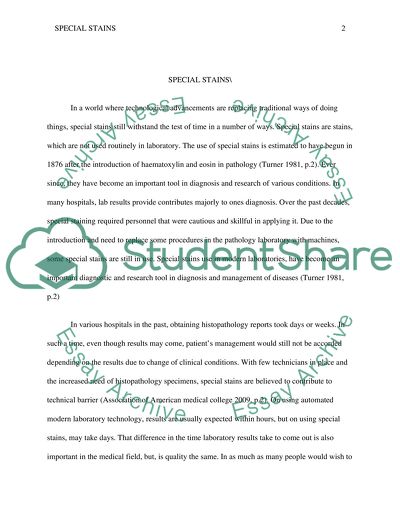Cite this document
(“Special Stains: Usefulness in Modern Diagnostic Histopathology Essay”, n.d.)
Special Stains: Usefulness in Modern Diagnostic Histopathology Essay. Retrieved from https://studentshare.org/health-sciences-medicine/1436706-define-the-term-special-stains-and-critically
Special Stains: Usefulness in Modern Diagnostic Histopathology Essay. Retrieved from https://studentshare.org/health-sciences-medicine/1436706-define-the-term-special-stains-and-critically
(Special Stains: Usefulness in Modern Diagnostic Histopathology Essay)
Special Stains: Usefulness in Modern Diagnostic Histopathology Essay. https://studentshare.org/health-sciences-medicine/1436706-define-the-term-special-stains-and-critically.
Special Stains: Usefulness in Modern Diagnostic Histopathology Essay. https://studentshare.org/health-sciences-medicine/1436706-define-the-term-special-stains-and-critically.
“Special Stains: Usefulness in Modern Diagnostic Histopathology Essay”, n.d. https://studentshare.org/health-sciences-medicine/1436706-define-the-term-special-stains-and-critically.


